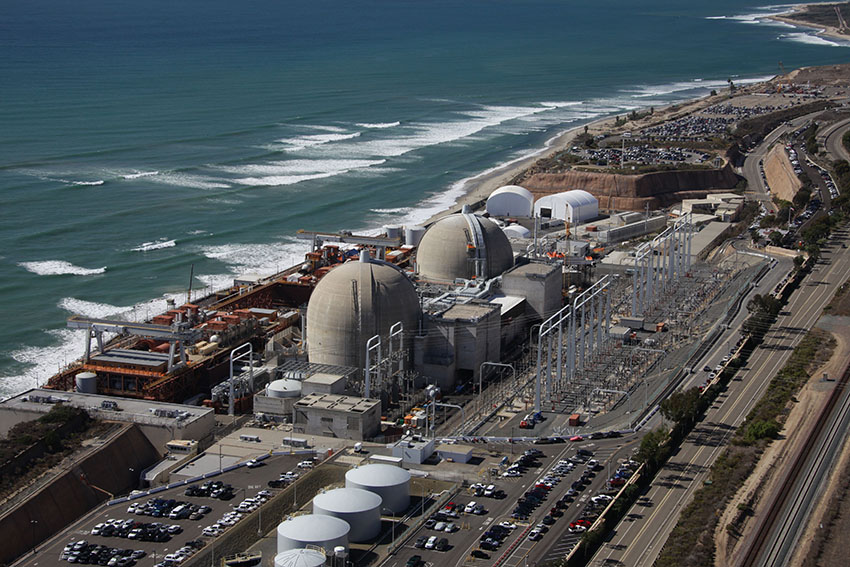A misguided faith in the complete safety of atomic power was a key factor in Japan's 2011 Fukushima accident, the UN nuclear watchdog said in its most comprehensive report on the disaster.
The International Atomic Energy Agency pointed to numerous failings, including unclear responsibilities among regulators along with weaknesses in plant design and disaster preparedness, AFP reported.
But possibly the biggest factor was the "widespread assumption in Japan that its nuclear power plants were so safe that an accident of this magnitude was simply unthinkable", IAEA Director General Yukiya Amano said in the report of more than 1,200 pages. A quake-sparked tsunami swamped cooling systems and triggered reactor meltdowns at the Fukushima plant in March 2011.
The IAEA report, published late Monday, criticized safety assumptions by the nuclear plant operators that were not challenged by regulators or the government.
As a result, the quake-prone nation "was not sufficiently prepared for a severe nuclear accident".
Operators assumed there "would never be a loss of all electrical power at a nuclear power plant for more than a short period" and did not consider "the possibility of several reactors at the same facility suffering a crisis at the same time", it added.
"Since the accident, Japan has reformed its regulatory system to better meet international standards. It gave regulators clearer responsibilities and greater authority," Amano said.
Anti-nuclear sentiment still runs high in Japan, which last month began restarting its atomic power program after a shutdown triggered by Fukushima.


